Awake At Night: How Do Dogs Of Today Sleep Compared To Their Ancestors?
Published: 2025. 04. 07 - Photos: Getty Images Hungary • 3 minutes reading

Published: 2025. 04. 07 - Photos: Getty Images Hungary • 3 minutes reading
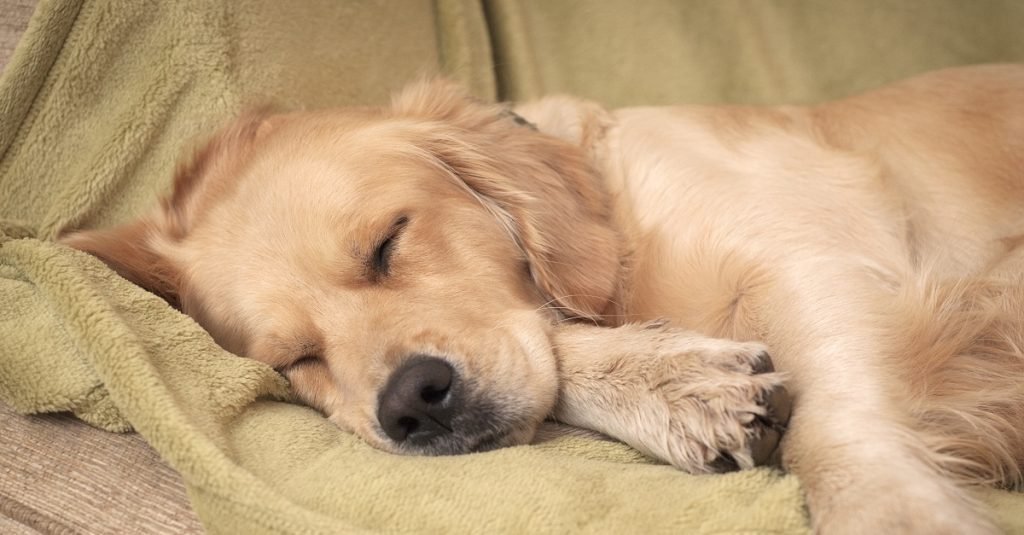
Dogs, if they could, would rather choose to be awake at night, but in their sleep, they adjust to humans and activities.
Being awake at night is common among wolves, but according to a new study, if humans did not exist, dogs too would rather be active in the evening.
I’ve long observed with my dog, Benji, that he is more eager to go for walks in the evening and at night. In the morning and at noon, if it’s not necessary, he’d rather just dash out quickly to pee, and as soon as he’d done his business, we don’t walk around elsewhere. I’ve always thought that the walks are about him, this is his time, so if I don’t need to rush anywhere, then we walk as much as is pleasant for him. If it’s 10 minutes, then 10 minutes, if it’s two hours, then two hours. The latter is more typical in the evening. For a long time, I believed that he had simply adjusted to me in this as well because I’m more of a night owl too, but according to a new study, the answer may perhaps be sought in his ancestors.
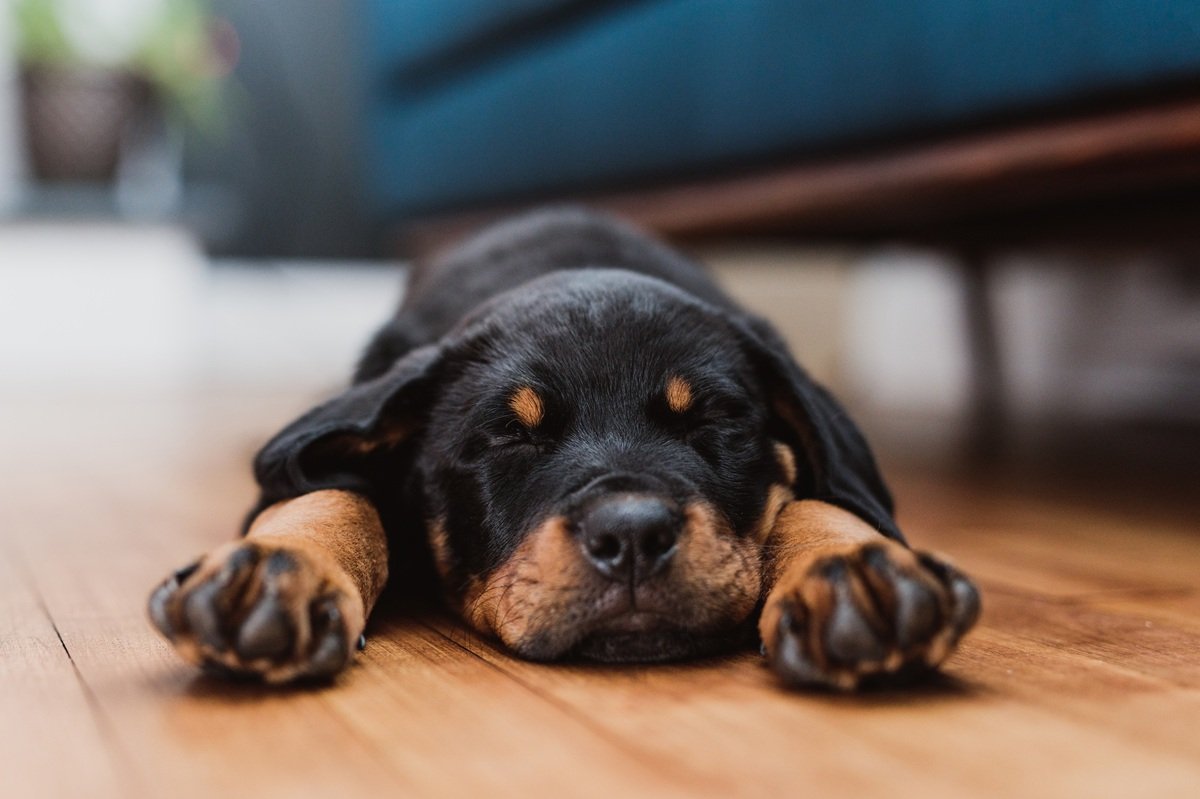 Night-time wakefulness is more common in wild dogs and wolves
Night-time wakefulness is more common in wild dogs and wolves
Wolves kept in captivity, just like dogs, generally have a diurnal circadian rhythm, meaning their sleep-wake cycle is adjusted to feeding schedules and human activity. In contrast, free-roaming domestic dogs tend to show sleep cycles more similar to wild canines and show a greater inclination for twilight or nighttime activity. In an urban environment, the sleep habits of stray dogs may again adjust to human lifestyle. It appears that human lifestyle and environmental factors determine the sleep patterns of dogs. If they were left on their own, they would probably adopt the sleep habits of their wild ancestors instead.
Dogs sleep deepest at night, while their daytime naps are relatively shallow. Just like many other animals, for example rats and hedgehogs, dogs also tend to wake up after REM sleep to check their environment for potential dangers. These frequent but short sleep-wake cycles make it easier for dogs to adapt to changes in daily routines compared to humans. For example, it has been proven that drug-sniffing dogs cope extremely well with changes in working hours, without their sleep patterns suffering significant disruption.
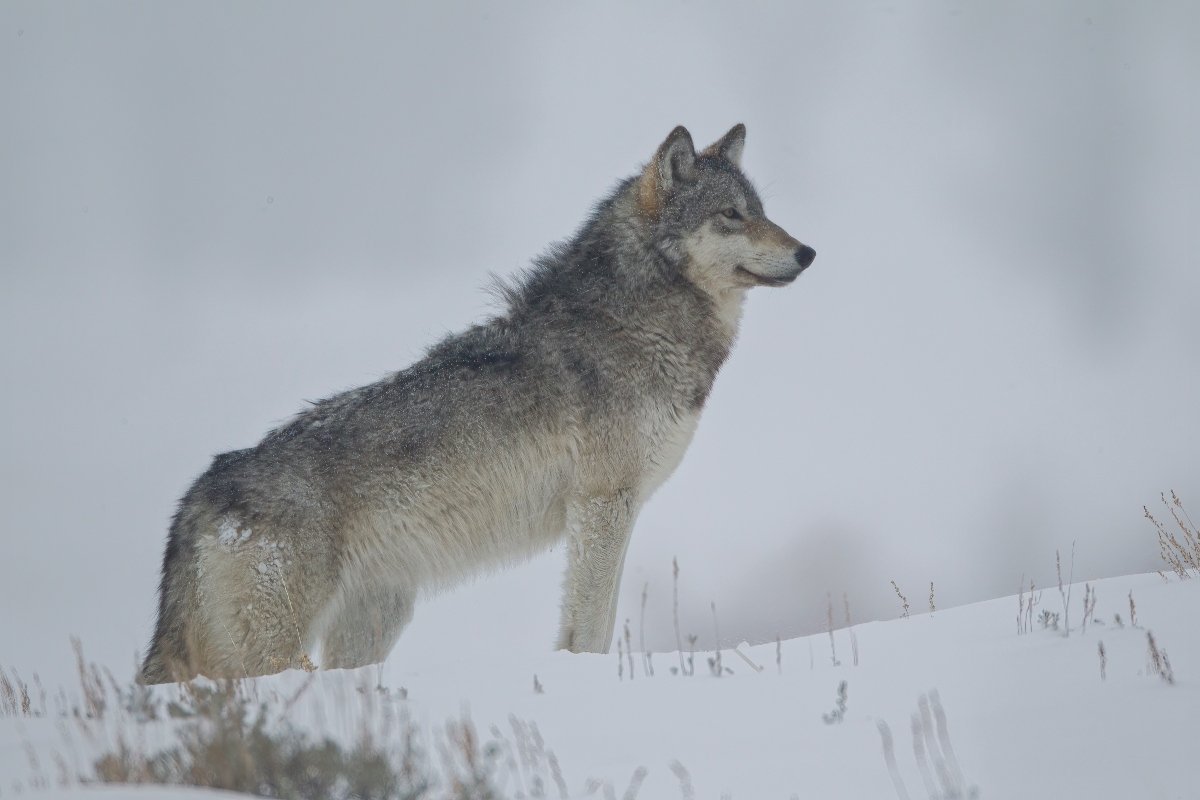 A dog’s sleep cycle without humans would be similar to that of a wolf
A dog’s sleep cycle without humans would be similar to that of a wolf
As with humans, the duration and quality of dogs’ sleep can vary daily, and also transforms as they age:
Additionally, their sleep is influenced by their sex, daytime activity, health condition, environmental conditions, and even social interactions. Deprivation of daytime naps typically results in dogs falling asleep faster at night and experiencing longer REM sleep.
From this article, you can learn what each sleeping position means. You wouldn’t believe how expressive they are!
Follow us!
facebook instagram youtube spotifyRelated articles
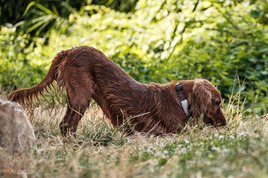
This Type of Slug Killer Can Be Deadly For Your Dog Too
Health • 2 minutes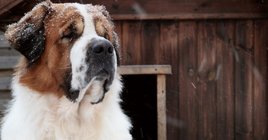
How to keep your dog safe outdoors during the cold winter
Care • 5 minutes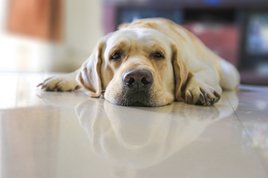
Is your dog's paw slipping too often on the floor? Here's what you can do to help
Care • 3 minutes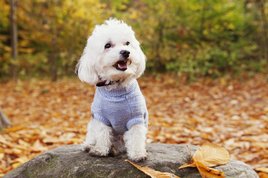
As the temperature drops, your dog's skin becomes more sensitive: how to care for it properly
Care • 3 minutes